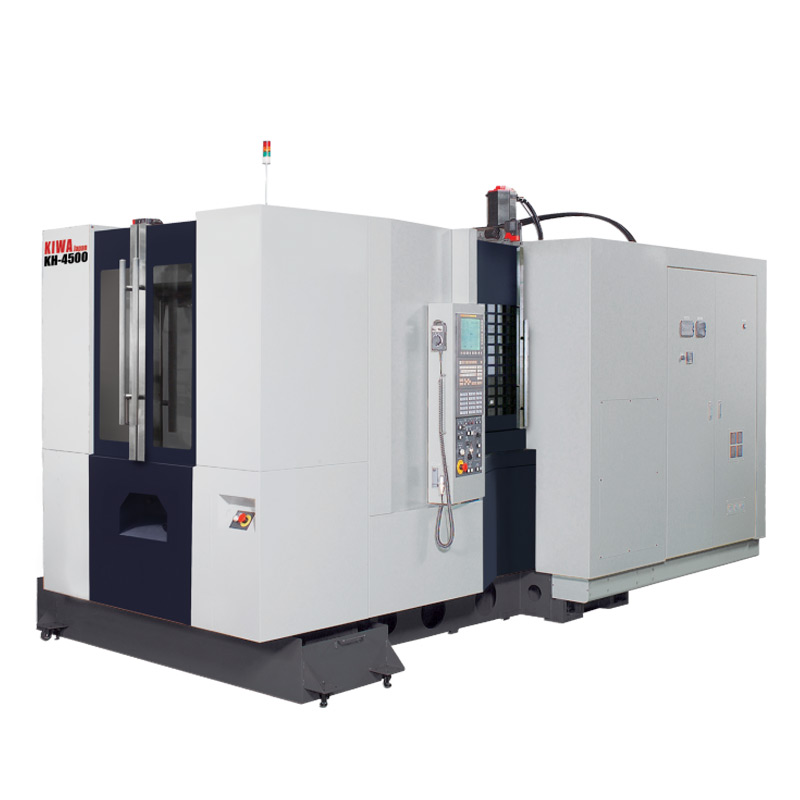
- Afrikaans
- Albanian
- Amharic
- Arabic
- Armenian
- Azerbaijani
- Basque
- Belarusian
- Bengali
- Bosnian
- Bulgarian
- Catalan
- Cebuano
- Corsican
- Croatian
- Czech
- Danish
- Dutch
- English
- Esperanto
- Estonian
- Finnish
- French
- Frisian
- Galician
- Georgian
- German
- Greek
- Gujarati
- Haitian Creole
- hausa
- hawaiian
- Hebrew
- Hindi
- Miao
- Hungarian
- Icelandic
- igbo
- Indonesian
- irish
- Italian
- Japanese
- Javanese
- Kannada
- kazakh
- Khmer
- Rwandese
- Korean
- Kurdish
- Kyrgyz
- Lao
- Latin
- Latvian
- Lithuanian
- Luxembourgish
- Macedonian
- Malgashi
- Malay
- Malayalam
- Maltese
- Maori
- Marathi
- Mongolian
- Myanmar
- Nepali
- Norwegian
- Norwegian
- Occitan
- Pashto
- Persian
- Polish
- Portuguese
- Punjabi
- Romanian
- Russian
- Samoan
- Scottish Gaelic
- Serbian
- Sesotho
- Shona
- Sindhi
- Sinhala
- Slovak
- Slovenian
- Somali
- Spanish
- Sundanese
- Swahili
- Swedish
- Tagalog
- Tajik
- Tamil
- Tatar
- Telugu
- Thai
- Turkish
- Turkmen
- Ukrainian
- Urdu
- Uighur
- Uzbek
- Vietnamese
- Welsh
- Bantu
- Yiddish
- Yoruba
Effective Car Cleaning Techniques Using an Electric Pressure Washer for Best Results
Washing Your Car with an Electric Pressure Washer
Keeping your car clean is not just about aesthetics; it helps maintain the car’s value and ensures that it remains in good condition over time. One of the most efficient methods for washing your car is using an electric pressure washer. These machines can significantly reduce the time and effort it takes to clean your vehicle, making the process not only easier but also more effective. This article will explore the benefits of using an electric pressure washer for car washing, the steps involved, and some important tips to ensure the best results.
Benefits of Using an Electric Pressure Washer
Electric pressure washers are powerful tools designed to deliver high-pressure water through a nozzle. This force can easily remove dirt, grime, and stubborn stains from your vehicle’s surface. Here are several reasons why using one is a great option
1. Efficiency The high-pressure stream of water can swiftly blast away dirt and debris, reducing the time you spend washing your car. What might take a normal hose and sponge an hour to do can often be completed in just a fraction of that time.
2. Less Water Usage Surprisingly, using an electric pressure washer can save water. A garden hose typically uses more water than a pressure washer does when set at the proper pressure. This is not only good for your wallet but also for the environment.
3. Versatility Electric pressure washers come with various attachments and settings, allowing them to be used for various tasks beyond washing cars, such as cleaning driveways, patios, and outdoor furniture.
4. Effective Cleaning The concentrated spray is excellent for getting into hard-to-reach areas and lifting away dirt that might otherwise require scrubbing. It’s especially useful for removing road grime and dust that build up over time.
Steps to Wash Your Car with an Electric Pressure Washer
washing car with electric pressure washer

1. Preparation Begin by parking your car in a shaded area to prevent water spots from forming due to direct sunlight. Make sure you have all your supplies ready, including the pressure washer, soap, a bucket, microfiber towels, and a wheel brush.
2. Rinse the Car Using the pressure washer on a low setting, rinse the car to remove loose dirt and debris. Start from the top of the car and work your way down. This will help prevent grime from being pushed back onto cleaner areas.
3. Apply Soap If your pressure washer has a soap applicator, fill it with car wash soap and apply it evenly over the surface of the car. If not, mix the soap in a bucket and use a sponge to apply it. Allow the soap to sit for a few minutes to break down the dirt.
4. Pressure Wash Again Rinse off the soap using the pressure washer, ensuring you keep the nozzle at an appropriate distance (around 12 to 18 inches) to avoid damaging the paint. Just like before, start from the top and work your way down.
5. Wheels and Tires Switch to a specialized brush for cleaning the wheels and tires, as they often require more scrubbing due to brake dust and road grime. You can use a more concentrated spray setting for this part.
6. Final Touches After rinsing, dry the car with microfiber towels to prevent water spots. It’s also beneficial to apply a wax or sealant to protect the paint and enhance shine.
Important Tips
- Always ensure that the pressure washer is suitable for washing vehicles; excessive pressure can damage paint. - Use biodegradable soap to protect the environment. - Check your vehicle’s owner manual for any specific cleaning recommendations.
In conclusion, washing your car with an electric pressure washer is an effective and efficient way to keep it looking its best. With proper technique and precautions, you’ll enjoy a clean, shiny car while saving time and resources. Happy washing!
-
Integrating Aqua Tunnel Car Wash in Shopping CentersNewsJun.24,2025
-
Gas Station with an Auto Car Wash MachineNewsJun.24,2025
-
Efficiency in Your Aqua Tunnel Car Wash: Power & Water-SavingNewsJun.24,2025
-
Car Wash Business with Advanced Auto Car Cleaning MachinesNewsJun.24,2025
-
Balancing Setup Costs with Aqua Tunnel Car WashNewsJun.24,2025
-
Aqua Tunnel Car Wash: Eco-Design for the Energy-Savvy EntrepreneurNewsJun.24,2025



